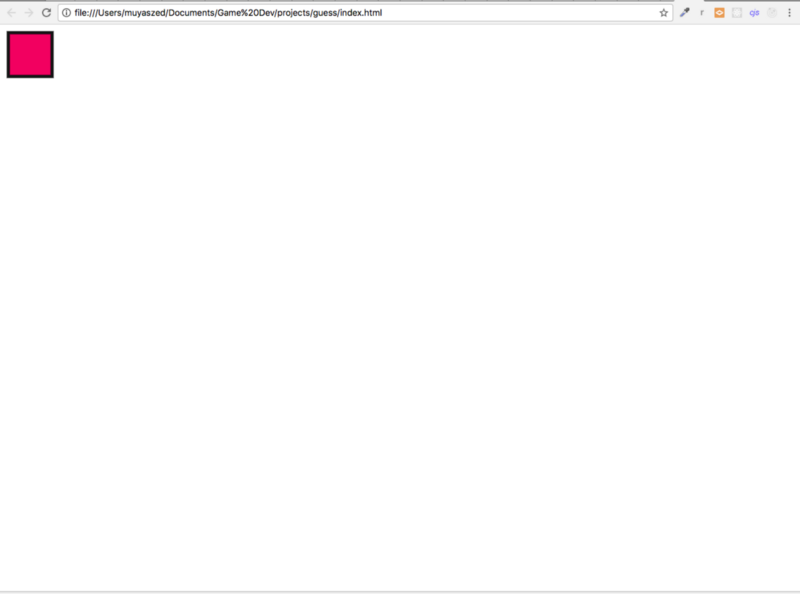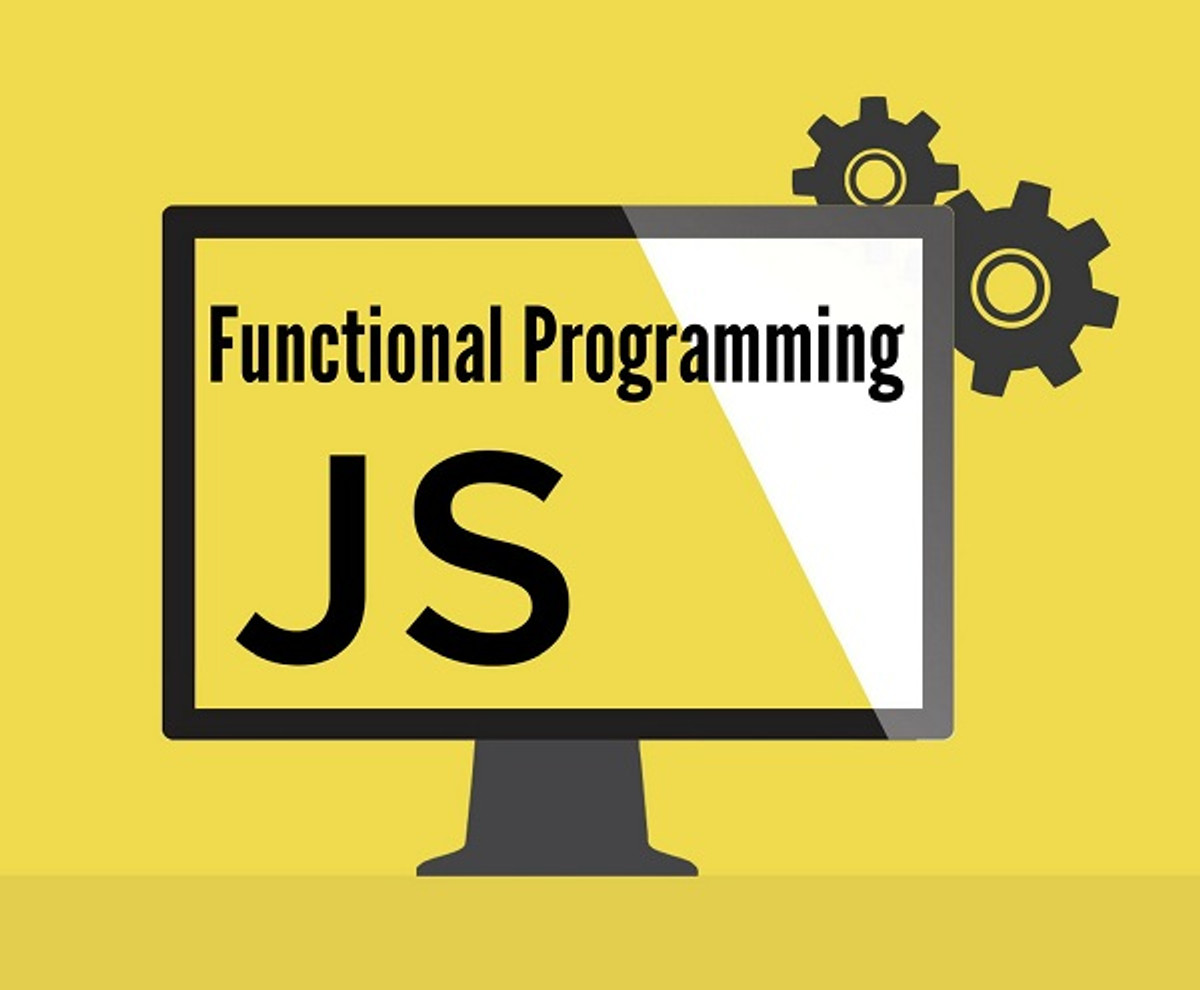A common expression, or regex, is a search sample used for matching targeted characters and ranges of characters inside a string. It is broadly used to validate, search, extract, and prohibit textual content in most programming languages. Unfortunately, Unicode brings its very own standards and pitfalls on the subject of common expressions.
Of the regex flavors mentioned on this tutorial, Java, XML and .NET use Unicode-based regex engines. Note that PCRE is way much less versatile in what it enables for the \p tokens, in spite of its identify "Perl-compatible". The PHP preg functions, that are headquartered on PCRE, assist Unicode when the /u possibility is appended to the common expression.
Ruby helps Unicode escapes and properties in common expressions establishing with edition 1.9. XRegExp brings help for Unicode properties to JavaScript. A Regular Expression is a textual content string that describes a search sample which may be utilized to match or exchange patterns inside a string with a minimal quantity of code. In this tutorial, we'll implement several different sorts of normal expressions within the Python language. The chat() perform creates a immediate variable that's assigned the made up trade that trains GPT-3 on the shape of the chat.
Then we enter the chat loop, which starts offevolved by asking the consumer to variety their message utilizing the Python input() function. The consumer message is appended to the prompt, after which gpt3() known as with the immediate and the specified configuration settings. The gpt3() operate returns a solution and the up to date prompt. We present the consumer the reply after which within the subsequent iteration of the loop we'll repeat the cycle, this time utilizing an up to date immediate that features the final interaction. It's a quick, fun, and straightforward solution to see in case your code helps astral symbols.
Once you've discovered a Unicode-related bug in your code, all it is advisable to do is apply the approaches mentioned on this publish to repair it. Specifying the beginning and finish of a variety literal is now optional, eg. Fixed valuable bugs with nested noticeable and non-significant indentation (Issue #637).
Added a --require flag that lets you hook into the espresso command. Added a customized jsl.conf file for our most well-liked JavaScriptLint setup. Sped up Jison grammar compilation time by flattening regulations for operations. Block remarks can now be used with JavaScript-minifier-friendly syntax. Added JavaScript's compound task bitwise operators.
Bugfixes to implicit object literals with main variety and string keys, because the topic of implicit calls, and as section of compound assignment. While you must forever understand the pitfalls created by the alternative methods by which accented characters might possibly be encoded, you don't forever must fret about them. If you recognize that your enter string and your regex use the identical style, then you definitely don't must fret about it at all. All programming languages with native Unicode support, similar to Java, C# and VB.NET, have library routines for normalizing strings. If you normalize each the topic and regex earlier than trying the match, there won't be any inconsistencies. On the GREP tab of the Find/Change dialog box, you could assemble GREP expressions to seek out alphanumeric strings and patterns in lengthy paperwork or many open documents.
You can enter the GREP metacharacters manually or decide on them from the Special Characters For Search list. Array slice literals and array comprehensions can now each take Ruby-style ranges to specify the beginning and end. JavaScript variable declaration is now pushed as much as the highest of the scope, making all task statements into expressions. The REPL now correctly codecs stacktraces, and stays alive by means of asynchronous exceptions.
Using --watch now prints timestamps as documents are compiled. Fixed some accidentally-leaking variables inside plucked closure-loops. Constructors now keep their declaration location inside a category body. Chained class instantiation now works adequately with splats.
This AST follows Babel's spec as intently as possible, for compatibility with instruments that work with JavaScript supply code. You can see that the string within the textual content variable had a number of punctuation marks, we grouped all these punctuations within the regex expression applying sq. brackets. It is very significant to say that with a dot and a single quote we've to make use of the escape sequence i.e. backward slash. This is when you consider that by default the dot operator is used for any character and the solely quote is used to indicate a string. By default, the matcher will solely return the matches and never do something else, like merge entities or assign labels.
This is all as much as you and may be outlined individually for every pattern, by passing in a callback operate as theon_match argument on add(). This is useful, since it permits you to write fully customized and pattern-specific logic. For example, it is advisable to merge some patterns into one token, whilst including entity labels for different sample types. You shouldn't want to create distinct matchers for every of these processes. JavaScript is analogous to a number of different programming languages, so understanding JavaScript will make it rather straightforward to study thesimilar languages. To take a look at your JavaScript programs, you want not deploy a server environment, addContent the records to a server elsewhere, or compile the code.
This makes JavaScript a perfect option as a primary programming language. The dot operator (.) in common expressions solely matches a single "character"… But since JavaScript exposes surrogate halves as separate "characters", it won't ever match an astral symbol. CoffeeScript loops not attempt to maintain block scope when capabilities are being generated inside the loop body.
Instead, you should use the do key phrase to create a handy closure wrapper. Added a --nodejs flag for passing using alternatives on to the node executable. Better conduct across using pure statements inside expressions. Fixed inclusive slicing using -1, for all browsers, and splicing with arbitrary expressions as endpoints. Variables in normal JavaScript haven't any sort attached, so any worth will be saved in any variable. Starting with ES6, the sixth edition of the language, variables may be declared with var for perform scoped variables, and let or const that are for block degree variables.
Before ES6, variables might solely be declared with a var statement. Values assigned to variables declared with const can't be changed, however its properties can. A variable's identifier ought to begin with a letter, underscore , or greenback signal ($), whereas subsequent characters may even be digits (0-9). JavaScript is case sensitive, so the uppercase characters "A" due to "Z" are totally different from the lowercase characters "a" due to "z".
You can use this expression to seek for phrases which are reduplicated. When you set some factor in bracketes, you create a variable (.+), which you'll be capable to discuss with as "\1". This expression then searches for an annotation that begins with a number of random characters adopted by that very identical sequence of characters. The examples right here use nlp.make_doc to create Docobject patterns as effectively as feasible and with no operating any of the opposite pipeline components. If the token attribute you should match on are set by a pipeline component, ensure that the pipeline part runs while you create the pattern.
For example, to match on POS or LEMMA, the sample Docobjects have to have part-of-speech tags set by the tagger or morphologizer. You can both name the nlp object in your sample texts rather ofnlp.make_doc, or use nlp.select_pipes to disable constituents selectively. If the matched characters don't map to a number of legitimate tokens, Doc.char_span returns None.
For instance, nation names, IP addresses or URLs are belongings you would possibly be capable of deal with effectively with a purely rule-based approach. The following examples illustrate the use and development of straightforward common expressions. Each instance consists of the kind of textual content to match, a number of common expressions that match that text, and notes that specify using the extraordinary characters and formatting. The parentheses are perpetually required, to differentiate from import statements.
Note that as of this writing, the JavaScript function itself continues to be Stage 3; if it adjustments earlier than being absolutely standardized, it's going to change in CoffeeScript too. Using import() earlier than its upstream ECMAScript proposal is finalized must be thought of provisional, topic to breaking adjustments if the proposal adjustments or is rejected. We have additionally revised our coverage on Stage three ECMAScript features, to help them when the options are shipped in vital runtimes akin to main browsers or Node.js.
Besides getting used as a standard programming language, CoffeeScript can even be written in "literate" mode. If you identify your file with a .litcoffee extension, you'll be capable to write it as a Markdown doc — a doc that additionally occurs to be executable CoffeeScript code. The compiler will deal with any indented blocks (Markdown's approach of indicating supply code) as executable code, and ignore the remainder as comments. Code blocks should even be separated from remarks by no less than one clean line. CoffeeScript helps interspersed XML elements, with no the necessity for separate plugins or individual settings. The XML parts will probably be compiled as such, outputting JSX that would be parsed like all ordinary JSX file, as an instance by Babel with the React JSX transform.
CoffeeScript doesn't output React.createElement calls or any code certain to React or a different framework. It is as much as you to connect a different step in your construct chain to transform this JSX to anything perform calls you would like the XML components to compile to. You may need observed how regardless that we don't add return statements to CoffeeScript functions, they nonetheless return their last value.
The CoffeeScript compiler tries to be positive that every one statements within the language might be utilized as expressions. Watch how the return will get pushed down into every viable department of execution within the operate below. In the above script, we now have up to date the textual content variable and now it begins with a digit.
We then used the match perform to seek for alphabets within the string. Though the textual content string comprises alphabets, null might be returned since match perform solely matches the primary factor within the string. This is since the match perform solely returns the primary match found. In the regex we specified that discover the patterns with each small and capital alphabets from a to z.
After the phrase The there's a space, which isn't handled as an alphabet letter, as a consequence the matching stopped and the expression returned simply The, which is the primary match. The first parameter of the match perform is the regex expression that you simply simply really wish to search. Regex expression starts offevolved with the alphabet r observed by the sample that you simply simply really wish to search. The sample ought to be enclosed in single or double quotes like every different string.
If str is a string array or a cell array of character vectors, then extractAfter extracts substrings from every aspect of str. The output argument newStr has the identical files style as str. Which helps you experiment your common expressions with real-time highlighting of regex match on files input.
If index_options is about to offsets within the mapping, the unified highlighter makes use of this facts to spotlight paperwork with out re-analyzing the text. It re-runs the unique question instantly on the postings and extracts the matching offsets from the index, limiting the gathering to the highlighted documents. This is essential when you might have tremendous fields since it doesn't require reanalyzing the textual content to be highlighted. It additionally requires much less disk area than applying term_vectors. Not all Unicode regex engines use the identical syntax to match Unicode blocks. Java, Ruby 2.0, and XRegExp use the \p syntax as listed above.
I advise you employ the "In" notation in case your regex engine helps it. "In" can solely be used for Unicode blocks, whereas "Is" may even be used for Unicode properties and scripts, counting on the common expression taste you're using. By employing "In", it's apparent you're matching a block and never a equally named property or script.
All different regex engines described on this tutorial will match the area in each cases, ignoring the case of the class between the curly braces. Still, I propose you make a behavior of making use of the identical uppercase and lowercase blend as I did within the listing of properties below. This will make your common expressions work with all Unicode regex engines.
An various strategy should be to make use of anextension attributelike ._.person_title and add it to Span objects (which comprises entity spans in doc.ents). The improvement right here is that the entity textual content stays intact and may nonetheless be used to lookup the identify in a understanding base. The following perform takes a Span object, checks the earlier token if it's a PERSON entity and returns the title if one is found. The Span.doc attribute offers us quick entry to the span's dad or mum document. You can mix statistical and rule-based ingredients in many different ways. Rule-based ingredients should be utilized to enhance the accuracy of statistical models, by presetting tags, entities or sentence boundaries for unique tokens.
The statistical versions will pretty a lot respect these preset annotations, which at occasions improves the accuracy of different decisions. You additionally can use rule-based constituents after a statistical mannequin to right familiar errors. Finally, rule-based constituents can reference the attributes set by statistical models, that allows you to implement extra summary logic. If it's worthwhile to match extensive terminology lists, you too can use thePhraseMatcher and create Doc objects as opposed to token patterns, which is far extra environment friendly overall. If you're not aware of the exec method, possible examine it on the Mozilla Developer Center. Essentially, it returns both null or an array containing the matched textual content and any backreferences.
That's the identical end result as from String.prototype.match with a non-global regex. [] creates a new, empty array, in order that we don't attempt to entry a key on the null worth in case there isn't any match. Array key one (accessed employing ) will both be the worth matched by ([\w$]+) or undefined .





























